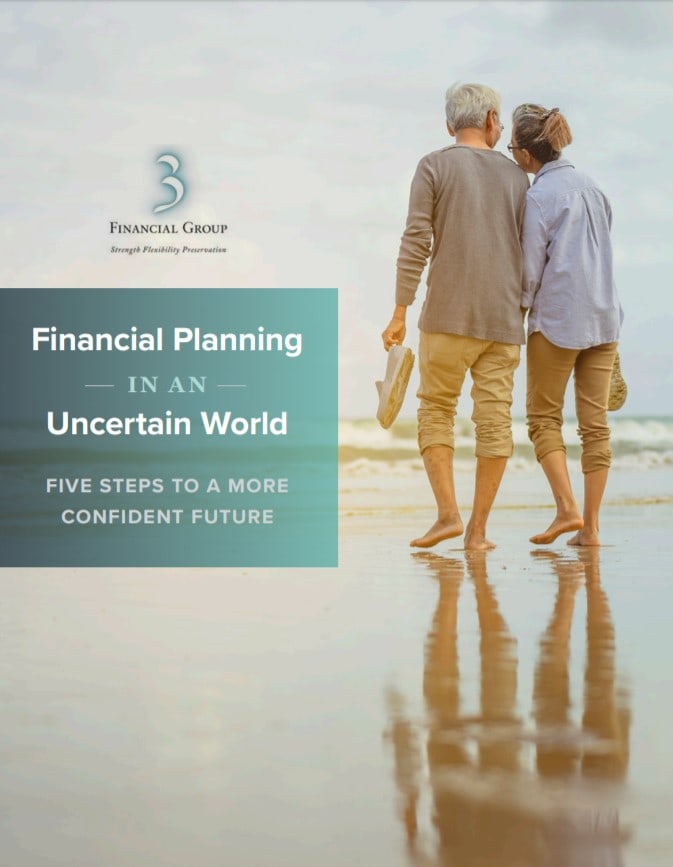Interested in growing your wealth? Of course, you are! Let’s discuss how budgeting is a smart tool for persons in any financial stage of life looking to increase their net worth. Did you know according to the Pew Research Center, individuals in same-sex couples attain higher levels of education and incomes than those in opposite-sex relationships? Despite that, many in the LGBTQ community are more worried about achieving their financial goals. And it’s no wonder why because LGBTQ individuals often face unique challenges, such as:
- Barriers to starting a family
- Feeling comfortable in their own skin and clothing
- Employment and housing discrimination
- And living in safe, welcoming spaces
But as more LGBTQ resources become available, it’s now easier than ever to live your best life on a budget that helps you reduce debt, build credit, shed that stress holding you back, and ultimately grow your net-worth.
1. Create Your Spending Plan
Before you can start living your best budget-friendly life, you have to have a spending plan. While the process takes a little time (and a calculator), it’s simple enough to start.
First, calculate your income from your job, side hustles, and family or government payments. Then, divide your average monthly expenses into four categories:
- Fixed essential expenses are recurrent and unchanging, like your rent or mortgage, car payment, and savings contributions.
- Variable essential expenses include utilities, groceries, and household supplies.
- Intermittent essential expenses occur periodically, such as your car and health insurance and taxes payments.
- Discretionary expenses are anything you can live without, such as a new wardrobe, going to theater , and hobbies.
How you calculate your spending plan is less important than doing it. If you are old school and like pen and paper, rock that paper! If you prefer digital tools, a simple spreadsheet can be just as efficient as a specialized tool such as a financial software program.
2. Define Your Goals and Priorities
Once you’ve taken stock of your situation, it’s time to set concrete, realistic goals – and then put numbers to them. While you don’t need to know the exact cost, a ballpark estimate can help you determine how much to set aside.
Ask yourself what you want out of life, such as:
- A car collection, vacation house, or better education for your child
- The ability to travel or move to another country
- Your own business or a new career
- A debt-free life
Once you have these goals factored into your spending plan, it’s time to identify where you can shuffle funds. If you’re in the black, great! But if you’re in the red, it’s time to make your goals meet your budget.
3. Get Rid of High-Interest Debt
The first step you should take is to eliminate any high-interest debt. Depending on your circumstances, you may address your debt in different ways.
For instance, you might transfer the balance to a zero-interest introductory credit card or consolidate your debts with a lower-interest loan. Or you can throw money at your debts in order from high to low interest.
And if you’re not sure which method is right for you, consulting with a fee-only fiduciary can help you plan.
4. Trim Your Living Expenses
In addition to cutting discretionary spending, there are plenty of ways to trim your living expenses to fit your spending plan. For example, while putting together your spending plan you might realize downsizing and moving to a smaller home would be an ideal option for you.
5. Kickstart Your Emergency Savings Fund
Everyone regardless of their income level should have an emergency savings account with 3-6 months’ worth of living expenses stashed away in cash. If you want your money to work at the same time, you might open a high-yield savings or money market account just for your emergency fund.
6. Address Your Unique Needs
The previous tips are sound financial guidance that any person should follow. Budgeting helps you to live within your means while simultaneously allocating funds set aside with the sole purpose of growing your wealth. So ultimately you and your partner can live comfortably and securely.
But individuals in the LGBTQ community also face unique challenges that aren’t met by a typical budget. That’s why we’re carving out a section to address just the goals, decisions, and needs that a “traditional” family may not have.
Save for Yourself – and Your Body
First off, it’s important to recognize that the U.S. is still working towards equal healthcare for members of the LGBTQ community. And if you are in need of uncovered medical treatments to continue, being you, we highly encourage you to allocate a savings category in your budget for healthcare expenses not covered by insurance.
Family Planning
Similarly, LGBTQ couples face unique challenges around planning and building a family, whether you opt for IVF, surrogacy, adoption, or artificial insemination. Typically, you can expect to spend anywhere from $5,000 to $150,000 to welcome children into your home.
If one of your goals is to start a family, you should start saving as early as possible. Of course, that doesn’t mean you should stash wads of hundred-dollar bills under your mattress. Instead, find a high-interest savings account, CD, or money market account that fits your needs.
Your Fashion Budget
In modern society, clothing is a necessity and a form of expression and art. But in the LGBTQ community, clothes go one step further – they allow you to be comfortable in your own body which is why I am stopping to address it here. Express yourself proudly, smartly and comfortably. Consider setting up a savings account for those more lavish items you need to feel yourself. You may need to adjust your other items in your spending plan to accommodate your fashion desires without derailing your overall plan.
Budget, Save, and Invest with an LGBTQ-Friendly Financial Advisor at Your Side
Though LGBTQ individuals have more rights than ever, it’s not always easy to know that you’re approaching a person or business supportive of your unique wants and needs. But if you’re not sure where to turn when setting up a spending plan to aimed to help you live your best life, you have an LGBTQ-friendly, fee-only fiduciary who has a legal obligation to your best interests right here at 3 Financial. Reach out to us today for supportive advice from an experienced Certified Financial Planner.


